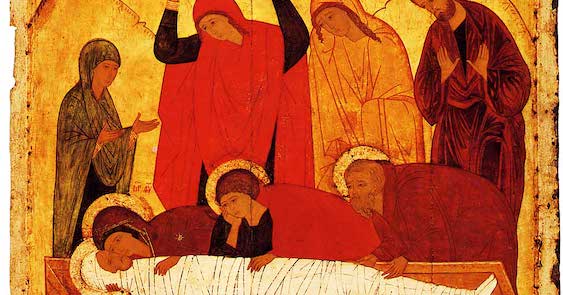
The Russian Church is currently the largest of the Churches of Byzantine tradition. In Orthodox Russia, the Mother of God is remembered in each Sunday liturgy, just after the consecration, as the faithful sing: "It is truly right to bless you, Mother of God, blessed and all immaculate, Mother of our God, more venerable than the cherubim and incomparably more glorious than the seraphim, who, without losing your integrity, gave birth to the Word of God."
There are many other examples of Mary's presence in the beautiful Byzantine liturgy. Every Russian house has an icon of the Mother of God, illuminated by an oil lamp, and it is there that the family comes to meditate and that the father of the family blesses the children or those who are going on a journey.
The 20th century was marked in Russia, during the Soviet period, by 70 years of persecution of Christians by the communist regime. This persecution was more terrible than that of the Roman emperors for the Church of the first centuries, because it took away not only the lives of Christians but also their human integrity. Catechesis was condemned as a crime. Anyone who exercised influence, even underground, was arrested by the KGB, brainwashed or destroyed with special drugs in psychiatric hospitals.
"The workers' resistance, the feminist movement based on Mary, the conversion movement, the hunger for God, all indicated that communism was not a workers' movement, that it did not liberate, and that religion would not die. There was also a decisive mystical factor, when on February 13, 1917 (before Fatima and the October Revolution), Our Lady herself appeared in Moscow with an icon of the Virgin Queen. Victory came not through crusades and the annihilation of war, but through peace and reconciliation: peace came, not through the destruction of the Eastern bloc, but through reconciling love"(1).
At present, there is a growing number of Orthodox pilgrims from the countries of the former Soviet Union who go visit and pray at holy sites which survived the communist era.
The largest number of feasts of icons of the Virgin Mary takes place in Moscow (23), St. Petersburg (5, including the feast of Jasna Gora on March 6) and Kiev (5).
R. Laurentin, Comment la Vierge Marie leur a rendu la liberté, ŒIL, Paris, 1991, p. 15 and 58.